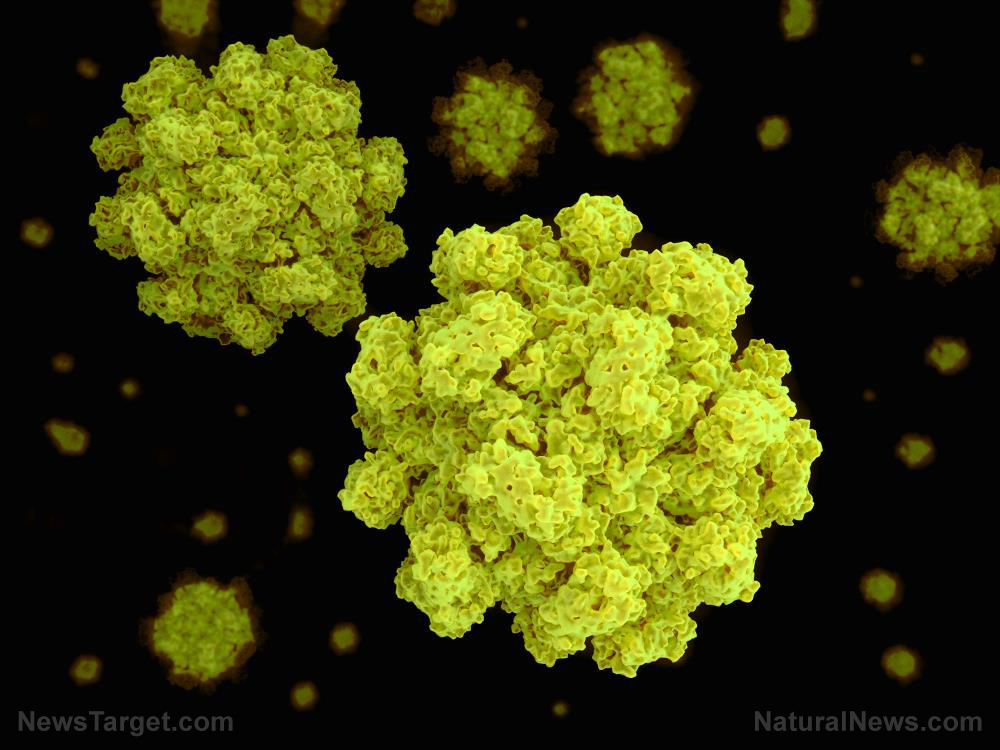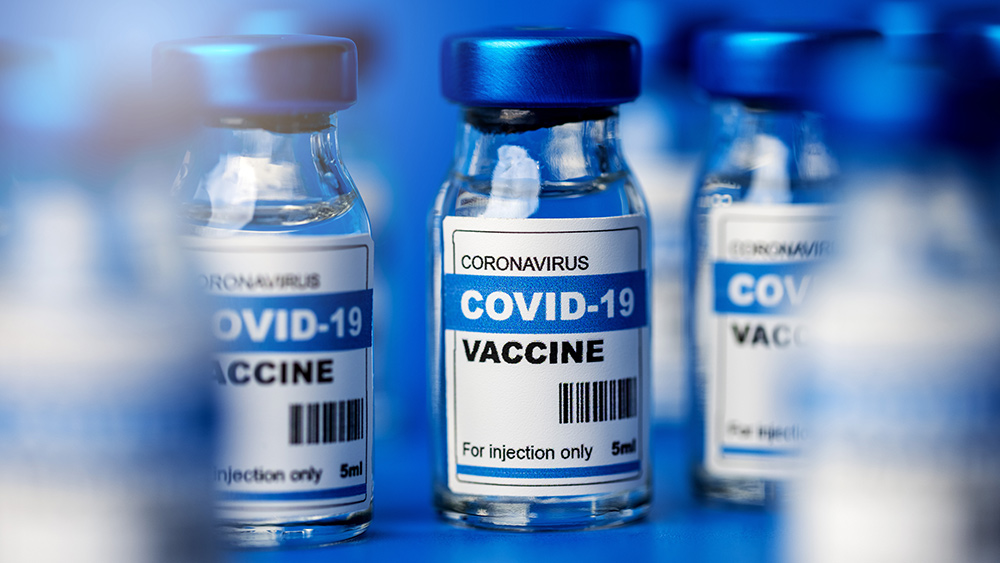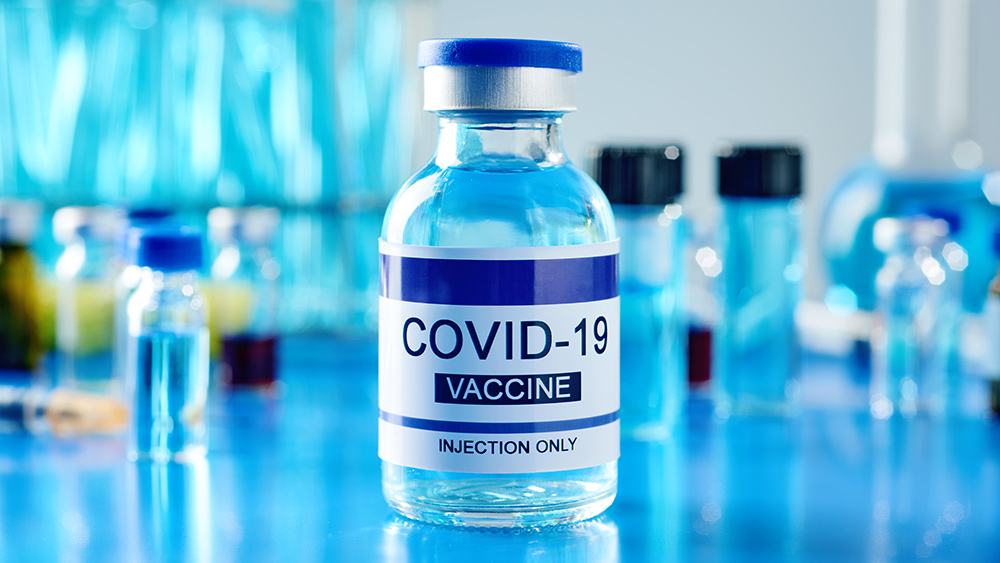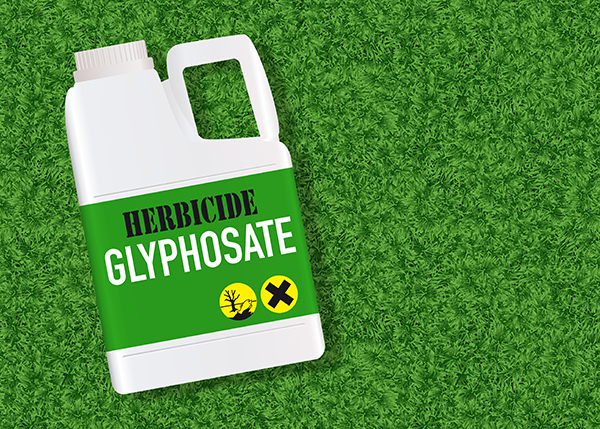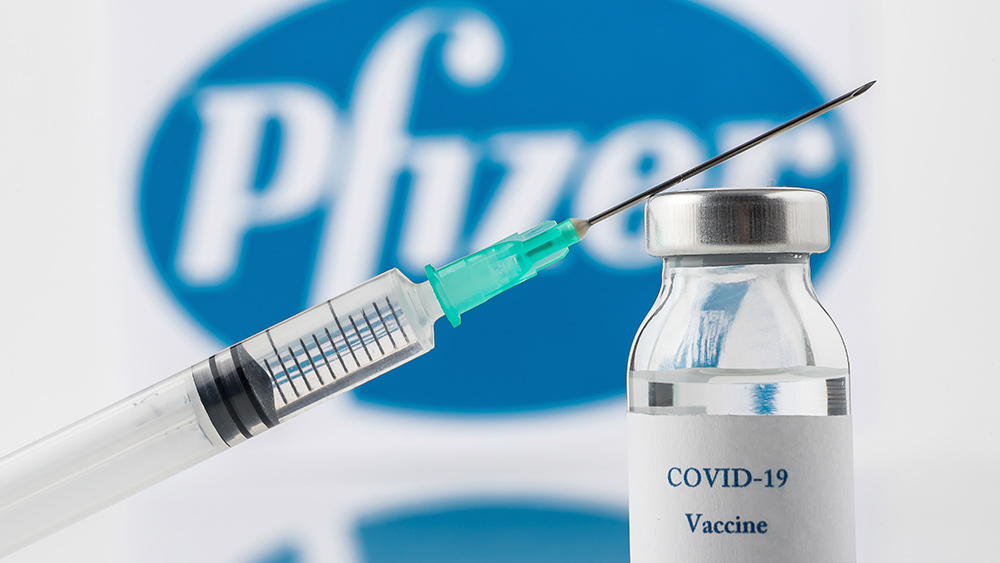Whooping cough can be fatal for infants, so why are medical experts recommending vaccines that spread pertussis?
10/04/2025 / By Lance D Johnson

The resurgence of whooping cough, a disease once thought to be nearly eradicated, is not a simple story of the unvaccinated. Instead, a growing body of scientific evidence points to a catastrophic flaw in the very vaccines pushed by public health authorities. The acellular pertussis vaccine, a mainstay of childhood immunization schedules, is creating a generation of asymptomatic carriers—individuals who, protected from the violent cough, unknowingly become conduits for a disease that can be fatal to infants.
Key points:
- The switch from older whole-cell pertussis vaccines to newer acellular (DTaP/Tdap) vaccines has been linked to the dramatic resurgence of whooping cough.
- Acellular vaccines, while reducing symptoms, fail to prevent infection or stop transmission, creating vaccinated individuals who are silent, asymptomatic carriers of the Bordetella pertussis bacteria.
- Scientific studies confirm that acellular vaccine immunity wanes rapidly, leaving vaccinated children and adults more susceptible to infection throughout their lives.
- The concept of “herd immunity” is rendered nearly impossible to achieve with a vaccine that does not block transmission, requiring an impractically high vaccination rate.
- Public health strategies like “cocooning” newborns with vaccinated family members are scientifically flawed and offer a false sense of security.
- Researchers admit to past crucial errors in understanding how pertussis vaccines needed to work, with one study concluding the medical establishment is in an “uncomfortable position.”
A vaccine built on a faulty foundation
The historical arc of the pertussis vaccine is a tale of two formulas. The original whole-cell vaccine, introduced in the mid-20th century, used the entire inactivated pertussis bacterium. While effective at driving infection rates to historic lows, it was linked to more noticeable side effects, including fever (sometimes seizures), local reactions, and more severe adverse events like Guillain-Barre syndrome. Due to public pressure over these safety concerns, health authorities in the 1990s championed a switch to the acellular vaccine. This newer version uses only a handful of purified proteins from the bacterium, a design that reduced immediate side effects but, as science is now revealing, came with a devastating, hidden trade-off.
The fundamental error lies in the immune response each vaccine provokes. Immunologic research indicates that whole-cell pertussis (wP) and acellular pertussis (aP) vaccines guide the immune system differently. The wP vaccines promote Th1/Th17 responses, while aP vaccines promote subpar Th1/Th2 responses. Although aP vaccines are effective at providing initial protection in early childhood, this difference in how they prime T-cells leads to a rapid decline in their effectiveness. This waning protection can begin as soon as two to three years after a person receives their booster shots.
The whole-cell vaccine, by presenting the body with the entire bacterium, trained the immune system to recognize a broad spectrum of its characteristics. The acellular vaccine, in contrast, teaches the body to recognize only a select few antigens. As one research analysis grimly noted, this creates “linked-epitope suppression,” meaning children primed by DTaP vaccines become more susceptible to pertussis throughout their lives. Their bodies are looking for a mere four keys, while the disease has over a hundred. It is a catastrophic miscalculation in immune education, leaving the body blind to the vast majority of the pathogen’s arsenal.
The illusion of protection and the silent spread
The most alarming revelation, confirmed in a pivotal 2014 study published in PNAS using a baboon model, is that the acellular vaccine does not prevent infection or transmission. The research by Warfel et al. demonstrated that while vaccinated baboons did not develop the characteristic “whoop,” they readily became colonized with the Bordetella pertussis bacteria and efficiently spread it to others. This finding shatters the foundational myth of the acellular vaccine campaign. The vaccine does not build a wall against the disease; it merely masks its presence, turning a loud alarm into a silent siren.
Building on this, the work of Althouse and Scarpino used sophisticated modeling to show how this silent transmission has likely exacerbated recent outbreaks. Their research suggests the number of people transmitting without symptoms may be many times greater than those transmitting with symptoms. “There could be millions of people out there with just a minor cough or no cough spreading this potentially fatal disease without knowing it,” Althouse stated. This creates an invisible reservoir of disease that public health surveillance cannot detect. The consequence is that the level of vaccination needed to achieve true herd immunity—the protection of the unvaccinated—soars to an impossible level, over 99 percent, in a world where informed citizens are increasingly skeptical of a flawed product.
A call for truth and a new direction
The scientific community is now forced to confront its errors. A damning review of the 112-year history of pertussis vaccines admits that the medical establishment operated by “layering assumptions upon assumptions.” Christopher J. Gill, an associate professor at Boston University, candidly confessed, “The disease is back because we didn’t really understand how our immune defenses against whooping cough worked, and did not understand how vaccines needed to work to prevent it… we find ourselves in an uncomfortable position of admitting that we have made some crucial errors.”
This is not a call to abandon all vaccines, but a desperate plea for intellectual honesty and a radical course correction. The current acellular pertussis vaccine, while potentially reducing severe symptoms in the recipient, is failing in its primary public health duty to stop the spread of disease. It is a biological product that, by its very design, contributes to a hidden epidemic. Parents have a right to know that the five doses of DTaP mandated for their children may not be building lasting immunity but could instead be setting the stage for a lifetime of increased susceptibility and turning their children into silent vectors for a dangerous disease.
Sources include:
Submit a correction >>
Tagged Under:
acellular vaccine, asymptomatic transmission, child health, disease outbreak, drug safety, dtap, health freedom, herd immunity, immune waning, infant mortality, informed consent, medical corruption, medical freedom, pertussis, pharmaceutical, Public Health, Tdap, vaccine failure, vaccine injury, Whooping cough
This article may contain statements that reflect the opinion of the author


